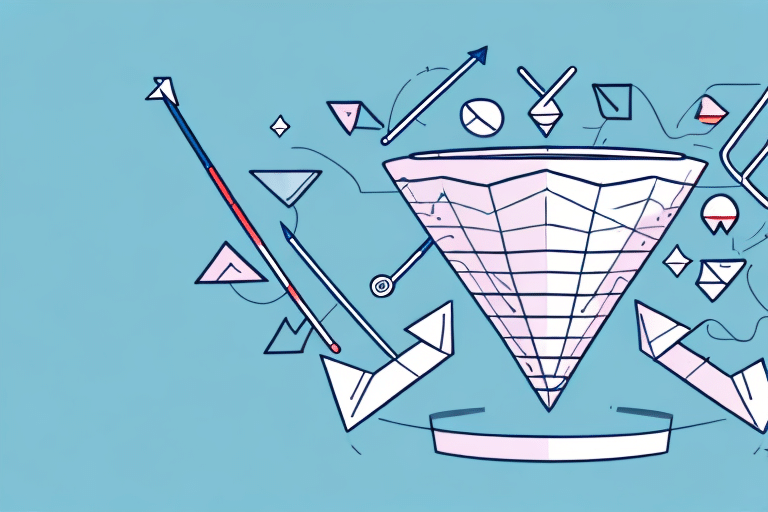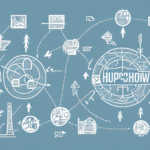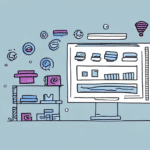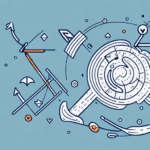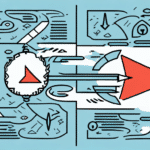Importance of Customer Retention for Business Growth
As a business owner, customer acquisition is essential for growth. However, retaining customers is equally important. Research shows that acquiring a new customer can cost up to five times more than retaining an existing one (Harvard Business Review). Therefore, investing in a customer retention funnel can maximize your business's potential and boost revenue.
Understanding the Customer Retention Funnel
The customer retention funnel is a visual representation of the stages a customer goes through before making repeat purchases. Similar to the sales funnel, it leads to customer loyalty instead of just a single transaction. The typical stages include:
- Awareness: Customers become aware of your brand.
- Consideration: Customers evaluate your products or services.
- Purchase: Customers make their first purchase.
- Retention: Efforts to keep customers engaged.
- Advocacy: Loyal customers refer new customers.
It's important to note that the funnel is not linear; customers may move back and forth between stages. Tracking customer behavior throughout the funnel helps identify areas for improvement, such as product issues or customer service gaps, ultimately enhancing retention and increasing revenue.
Strategies to Enhance Customer Retention
Identifying Your Target Audience and Their Needs
The first step in creating a successful retention funnel is to identify your target audience. Understand their needs, preferences, and pain points through customer feedback, surveys, and data analytics. This understanding allows you to tailor your retention strategies effectively.
Creating Engaging Content for Each Stage
Engaging content is crucial at every stage of the funnel. For example:
- Awareness Stage: Educational content about your products or services.
- Consideration Stage: In-depth information and comparisons to assist decision-making.
- Retention Stage: Personalized offers and exclusive content to maintain engagement.
Incorporate interactive elements like quizzes or polls to increase engagement and gain insights into customer preferences.
Implementing Personalization and Customization
Personalization enhances customer retention by tailoring marketing messages and offers based on customer data. Examples include personalized product recommendations, loyalty rewards, and exclusive content. Ensure that personalization respects customer privacy and complies with data protection regulations.
Offering Exceptional Customer Service
Providing outstanding customer service is key to building trust and loyalty. This includes promptly responding to inquiries and complaints, offering effective solutions, and exceeding customer expectations. Exceptional service can lead to repeat business and positive word-of-mouth referrals.
Incentives and Loyalty Programs
Incentives such as exclusive discounts, free gifts, or access to special events can motivate customers to stay loyal. Loyalty programs reward repeat purchases and encourage ongoing engagement with your brand.
Best Practices and Overcoming Challenges
Best Practices for Optimizing Your Retention Funnel
- Use customer data to personalize marketing messages and offers.
- Create engaging and informative content for each funnel stage.
- Provide exceptional customer service and support.
- Implement loyalty programs and incentives for repeat purchases.
- Regularly analyze metrics to track progress and adjust strategies.
Maintaining a consistent brand image and messaging throughout the funnel builds trust and reinforces your brand identity.
Overcoming Common Challenges
Creating a customer retention funnel can present challenges such as:
- Lack of customer data.
- Low engagement rates.
- Ineffective marketing messages.
- Disjointed efforts across different departments.
- Changing customer preferences and behaviors.
To overcome these, focus on collecting comprehensive customer feedback, enhancing the customer experience, aligning departmental goals, and staying updated with industry trends.
Technology and Tools for Enhancing Retention
Leverage technology to improve your customer retention strategy:
- Customer Relationship Management (CRM) Software: Collect and organize customer data efficiently.
- Marketing Automation Tools: Automate targeted emails and promotional campaigns.
- Personalization Engines: Customize content based on individual customer data.
Integrating these tools can streamline your retention efforts and provide actionable insights for continuous improvement.
Case Studies and Maximizing ROI
Successful Companies with Effective Retention Funnels
- Amazon: Utilizes personalized purchase recommendations and targeted emails to keep customers engaged.
- Zappos: Offers exceptional customer service and a generous return policy to foster loyalty.
- Nike: Engages customers with exclusive content and limited edition product releases.
Maximizing ROI through Retention
Focusing on customer retention can significantly maximize your return on investment (ROI). Repeat customers are more likely to spend more, refer new customers, and become brand advocates. A well-designed retention funnel can create stable revenue streams and foster long-term customer relationships, enhancing the overall profitability of your business.
Conclusion: Prioritizing Customer Retention for Business Success
Creating a customer retention funnel is essential for businesses aiming to thrive and grow. By understanding your target audience, delivering engaging and personalized content, providing exceptional customer service, and continually analyzing your metrics, you can develop an effective retention strategy. Prioritizing customer retention not only increases revenue but also builds a loyal customer base and a strong brand reputation. Invest in your retention efforts today and watch your business flourish.













